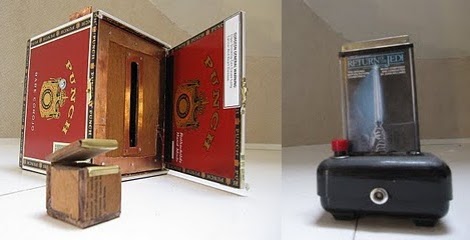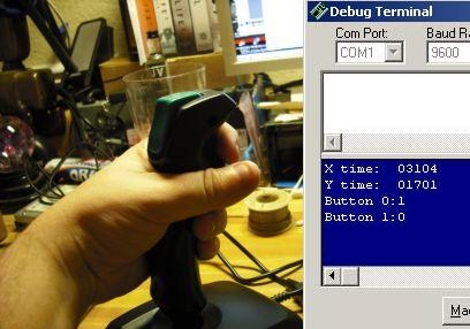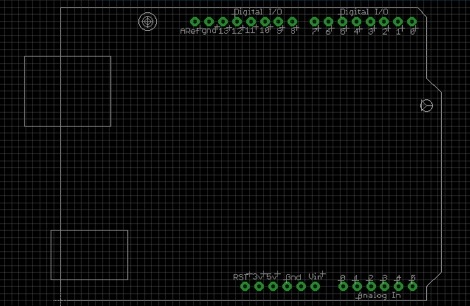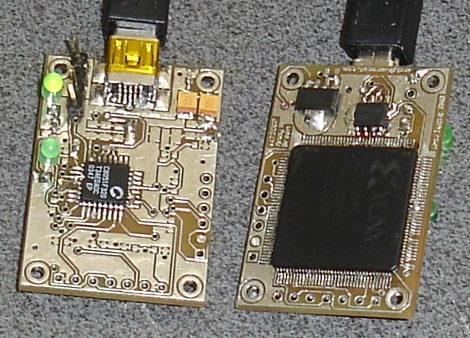
[Mario the Magician] wrote in to let us know that he makes Hackaday a priority every morning with his coffee. Well, so do we. He also included a link to his homepage when submitting this revelation. The juicy details that are as much of a fix as the caffeine in the coffee are missing from his posts. But the hacks are solid.
Magicians are hackers. If you could go out and buy the props, the concept are unlikely to impress anyone. [Mario] demonstrates his Nickel Box and a Jedi Mind Trick he built. The Nickel Box is a mechanical contraption that somehow transports a coin from one part of a cigar box to a tiny little enclosure on top of it. The Jedi Mind Trick uses a microcontroller and an old Star Wars soundtrack cassette tape box to put on a light and sound show while it recovers your chosen card from a shuffled deck. Great demonstrations, but no word on what’s going on inside.
[Mario’s] also has a collection of… performance oddities. His talking television takes an audio input and displays a 1950’s-esque oscilloscope effect on an old TV. He’s attempting to stop his heart, or burn the house down, or both with a flyback transformer lightning box. And his drawing automaton, well, you’ll just have to see it.
We believe in electrons, not magic (even though some say there are no electrons). So we want to know how those magic props are built. Like any good magician, [Mario] probably won’t reveal his secrets. If you’ve got the goods this your chance. Write a post detailing your magical prop builds and send them our way. If it’s well done we’ll feature it here on Hackaday.
















